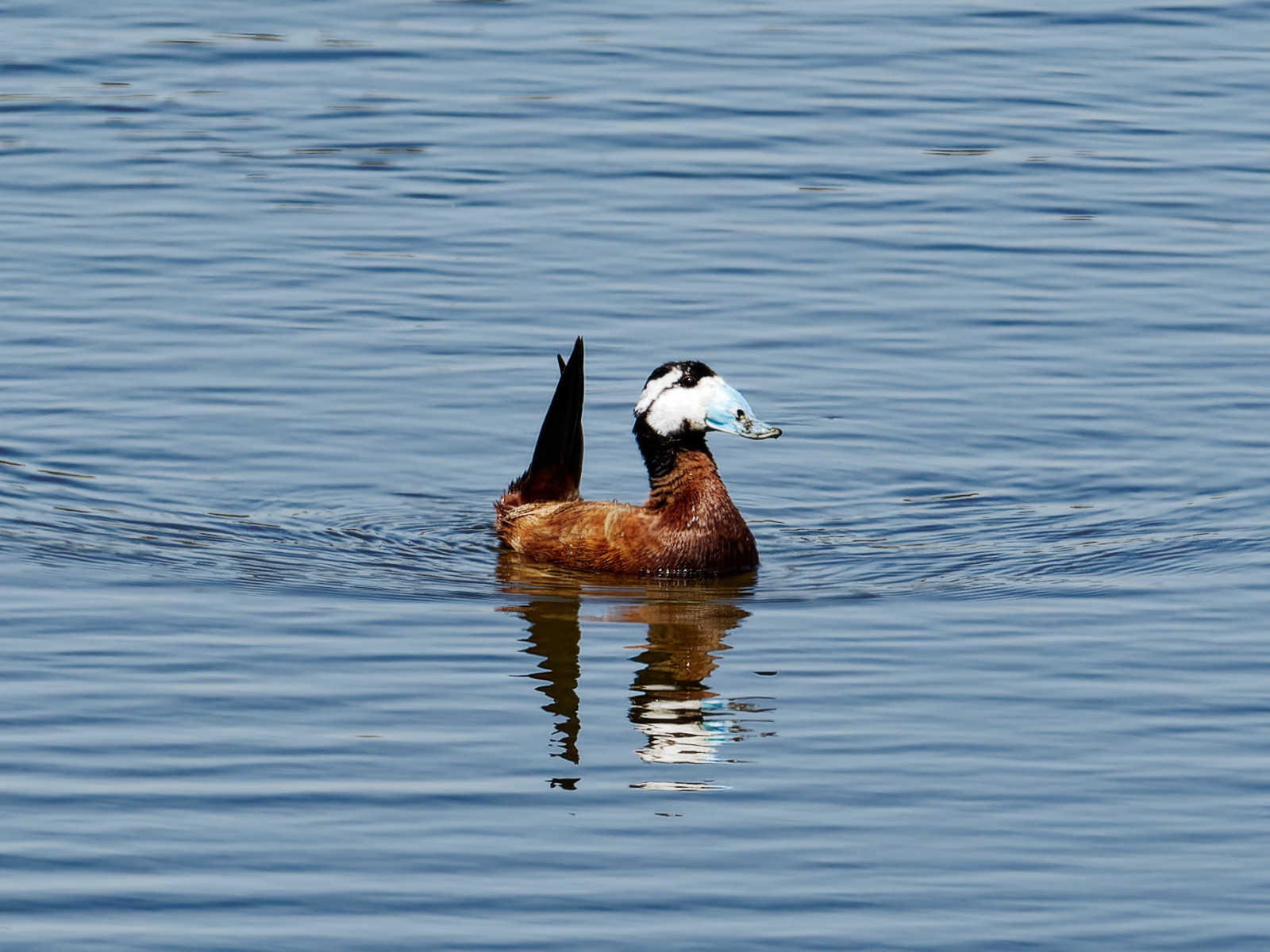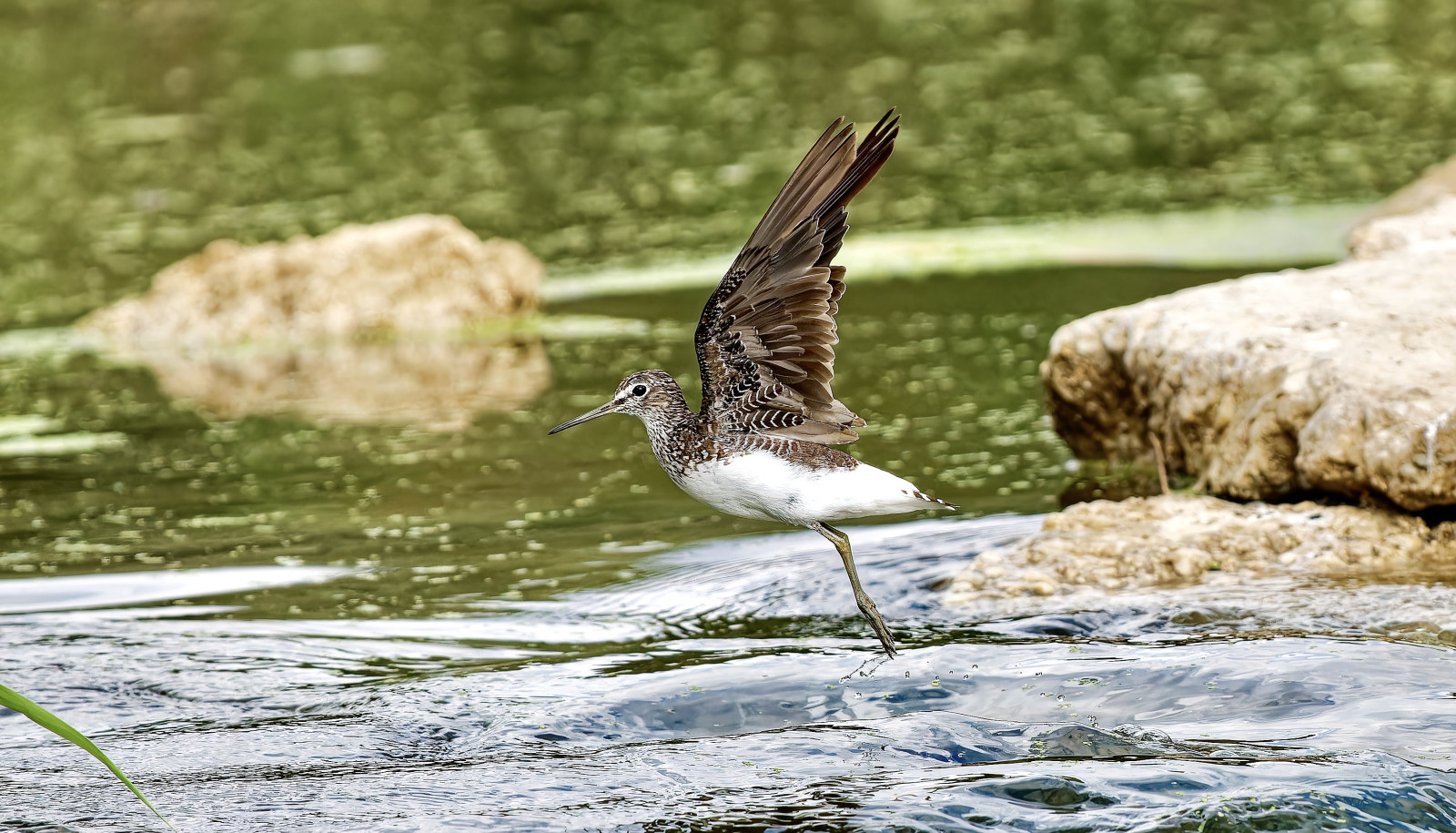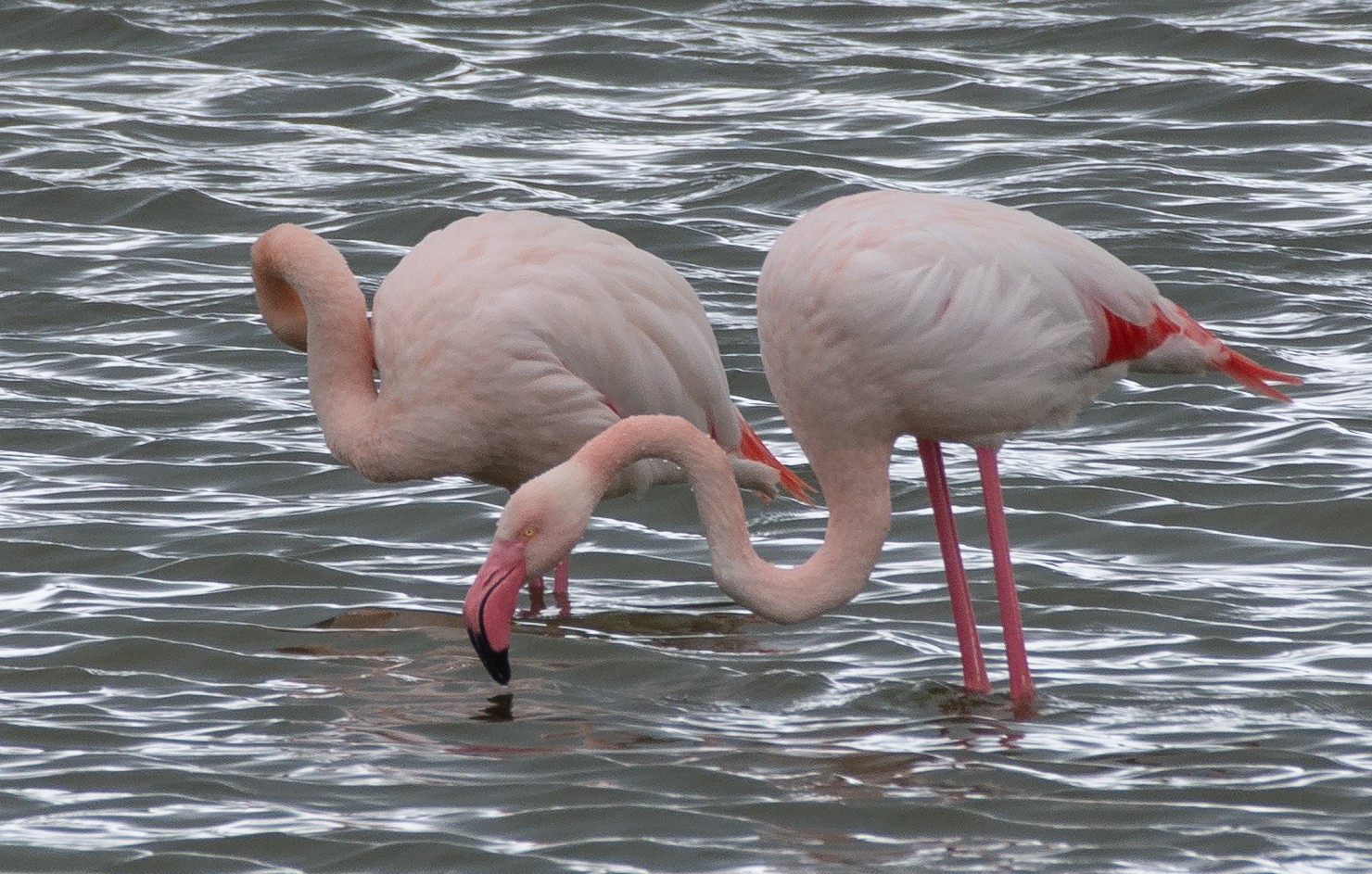Beschreibung
Reserva natural Desembocadura del Río Guadalhorce is located at the delta of the Guadalhorce River. It is the best place for birding in Málaga at any time of year. It's easily accessible and is home to the endangered Weißkopf-Ruderente. This wetland reserve has a wealth of bird life at any time of year. Zwergadler, Stelzenläufer, Purpurhuhn, Samtkopf-Grasmücke, Zistensänger and Girlitz can be seen year-round. Winter brings more duck species onto the lagoons as well as Rosaflamingo. The reserve really comes alive during migration and especially in spring, when it's possible to find Fischadler, Blaukehlchen, Drosselrohrsänger, Zwergdommel and Purpurreiher, as well as storks, hirundines and plovers. As you head towards the sea, keep an eye out for Korallenmöwe and Dünnschnabelmöwe.
Details
Zugang
Reserva natural Desembocadura del Río Guadalhorce is near Málaga airport and easily accessible from the town centre. You can get the 5, 9, 10 or A bus to Avenida de Velásquez (Villa Rosa). There are also car parks by this stop if you choose to drive. From there, cross the bridge across the motorway and walk back along the other side for about 300m. There's a path on the right that takes you under a flyover before you come to a bridge across the river, which is the entrance to the reserve. Once you get back to the motorway, there's a stop for buses back to the city.
Terrain und Habitat
Feuchtgebiet , Fluss , Meer , Strand , Vereinzelte Bäume und Büsche , SchilfflächenBedingungen
Flach , SandigRundweg
JaIst ein Spektiv nützlich?
Möglicherweise hilfreichGute Beobachtungszeit
GanzjährigBeste Beobachtungszeit
Herbstzug , Frühjahrszug , Frühjahr , HerbstRoute
unbefestigte Straße , Normaler WegSchwierigkeitsgrad der Tour
EinfachErreichbarkeit
zu FußBeobachtungshütten oder -türme
JaLinks
- Birding Malaga - Guadalhorce
- Wild Andalucia - Malaga City - Guadalhorce
- Urban Birder write-up
- Urban Birder video




